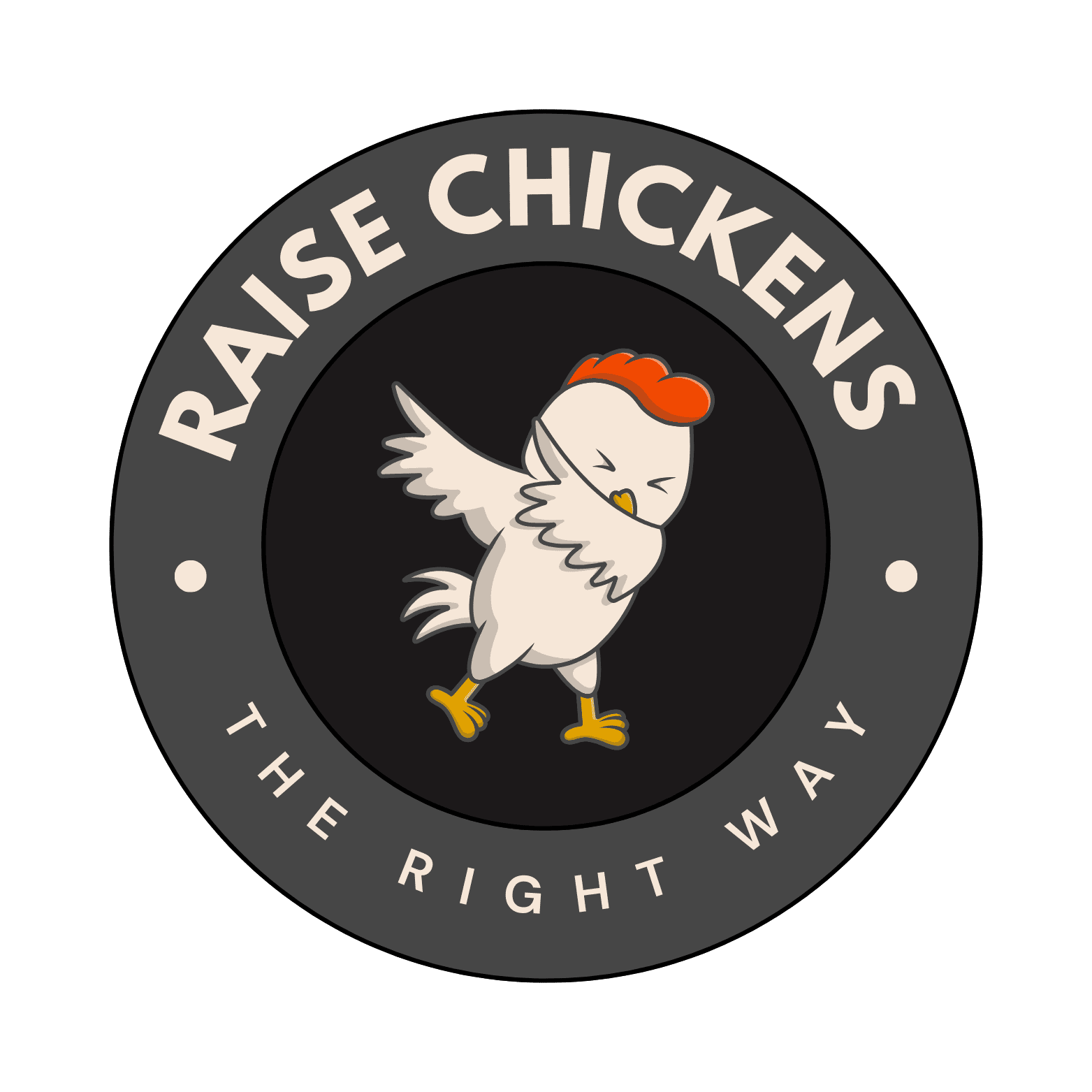Understanding Coliform Infections in Chickens: A Farmer’s Guide to Prevention and Treatment
After spending over two decades raising chickens on my family farm, I’ve encountered my fair share of health challenges. But there’s one particular issue that keeps many poultry farmers up at night – Coliform infections. I’ll share my firsthand experience and knowledge about this common yet serious condition that affects chickens worldwide.
What Are Coliform Infections?
Let me break this down in simple terms. Coliform infections, primarily caused by E. coli bacteria, are something I’ve dealt with numerous times throughout my farming career. While E. coli naturally exists in chickens’ intestines, it becomes problematic when it spreads to other parts of their bodies or when harmful strains take over.
Recognizing the Warning Signs
I’ve learned to spot the symptoms quickly, and trust me, early detection can make all the difference. Here are the main signs I watch for:
The Respiratory Connection
One of the most concerning aspects I’ve noticed with coliform infections is their impact on breathing. When I see my chickens gasping for air or hear that telltale respiratory rattle, I know we might be dealing with a coliform infection. It’s particularly troublesome because these symptoms can quickly escalate from mild to severe within days.
Joint Problems: A Painful Reality
I’ll never forget the first time I noticed one of my hens limping around the coop. Joint inflammation is a classic sign of coliform infection, and it’s heartbreaking to watch. The bacteria can settle in the joints, causing swelling and making it painful for chickens to walk or even stand.
Treatment Approaches That Work
Through years of experience, I’ve developed a comprehensive treatment strategy. Here’s my step-by-step approach:
The Antibiotic Solution
I’ve learned that while antibiotics are often necessary, they’re not always the complete answer. When I do use them, I make sure to follow the vet’s instructions precisely. It’s crucial to complete the full course of treatment, even if your chickens start showing improvement.
Prevention: The Best Medicine
After dealing with several outbreaks over the years, I can’t stress enough how important prevention is. I’ve significantly reduced infections in my flock by maintaining clean, dry conditions in the coop, ensuring proper ventilation, and managing litter quality. It’s amazing how these simple measures can make such a big difference.
Environmental Management
I’ve found that maintaining optimal environmental conditions is crucial. This means keeping humidity levels in check, regularly cleaning waterers and feeders, and ensuring proper air circulation throughout the coop. It’s a lot of work, but it’s worth every minute when I see my healthy, thriving flock.
The E. coli Connection
Let’s talk about E. coli specifically. While not all E. coli strains are harmful, the pathogenic ones can wreak havoc on a flock. I’ve learned to be particularly vigilant during stress periods like extreme weather changes or after introducing new birds to the flock.
Long-term Management Strategies
Managing coliform infections isn’t just about treating outbreaks – it’s about creating an environment where they
